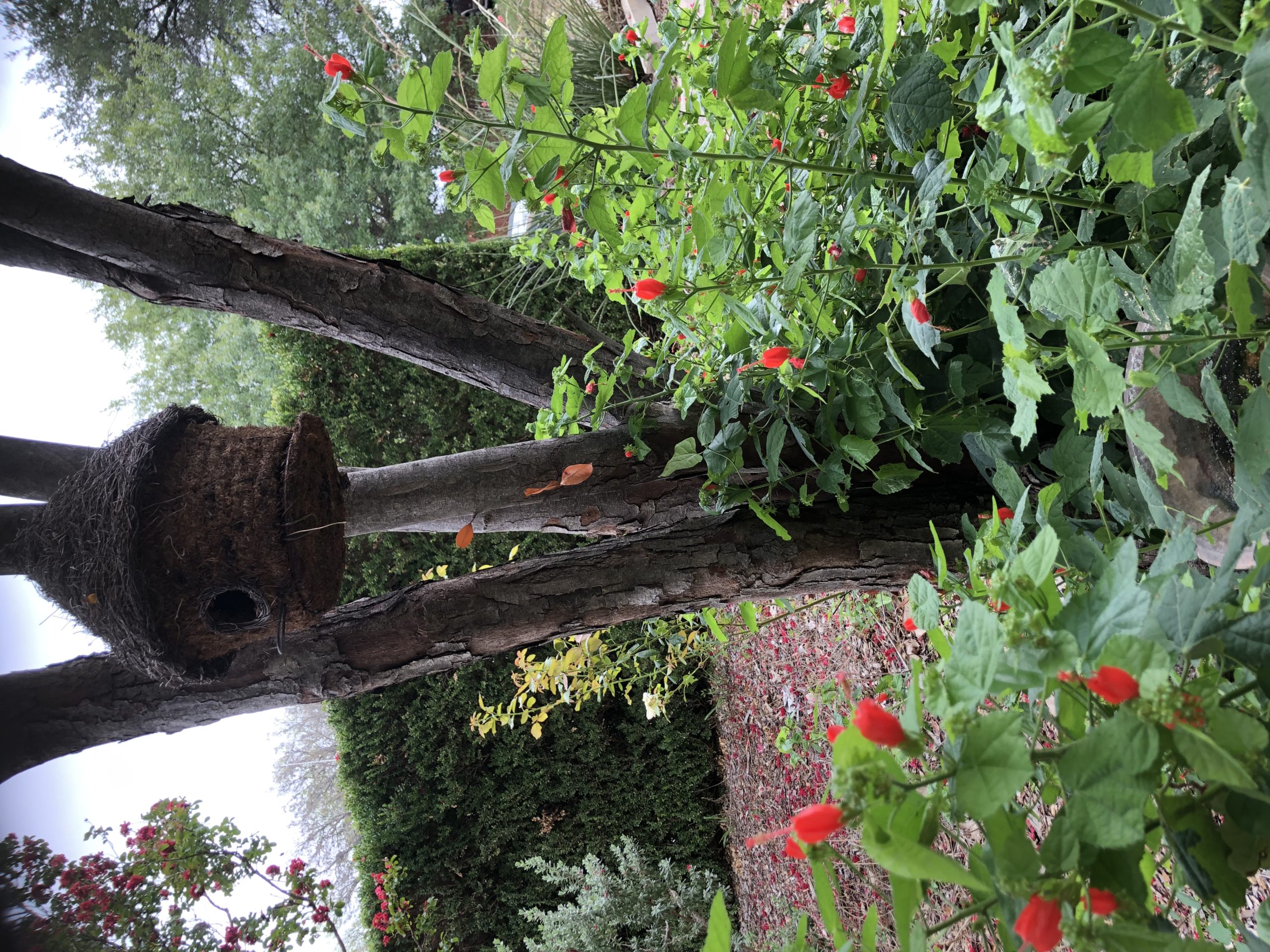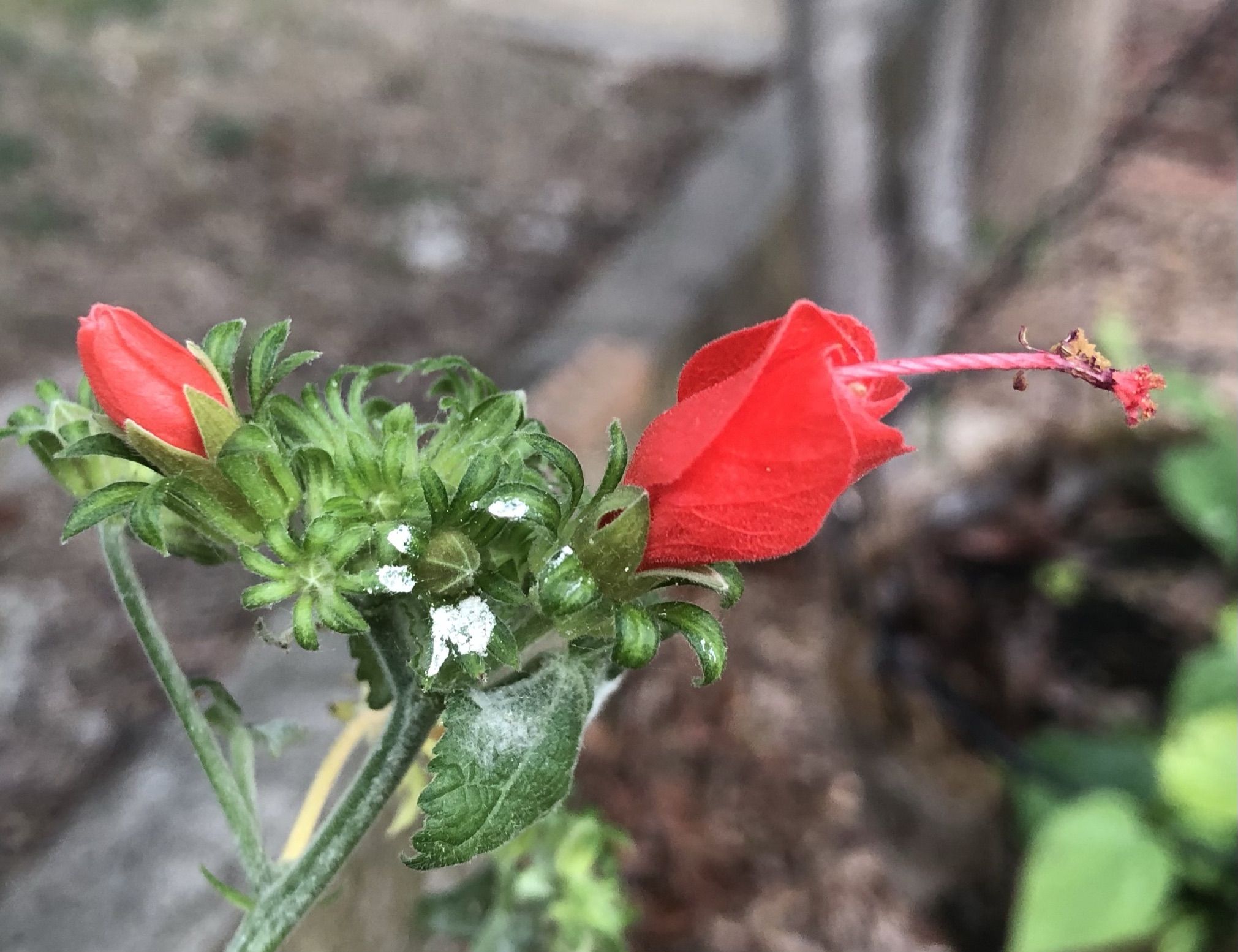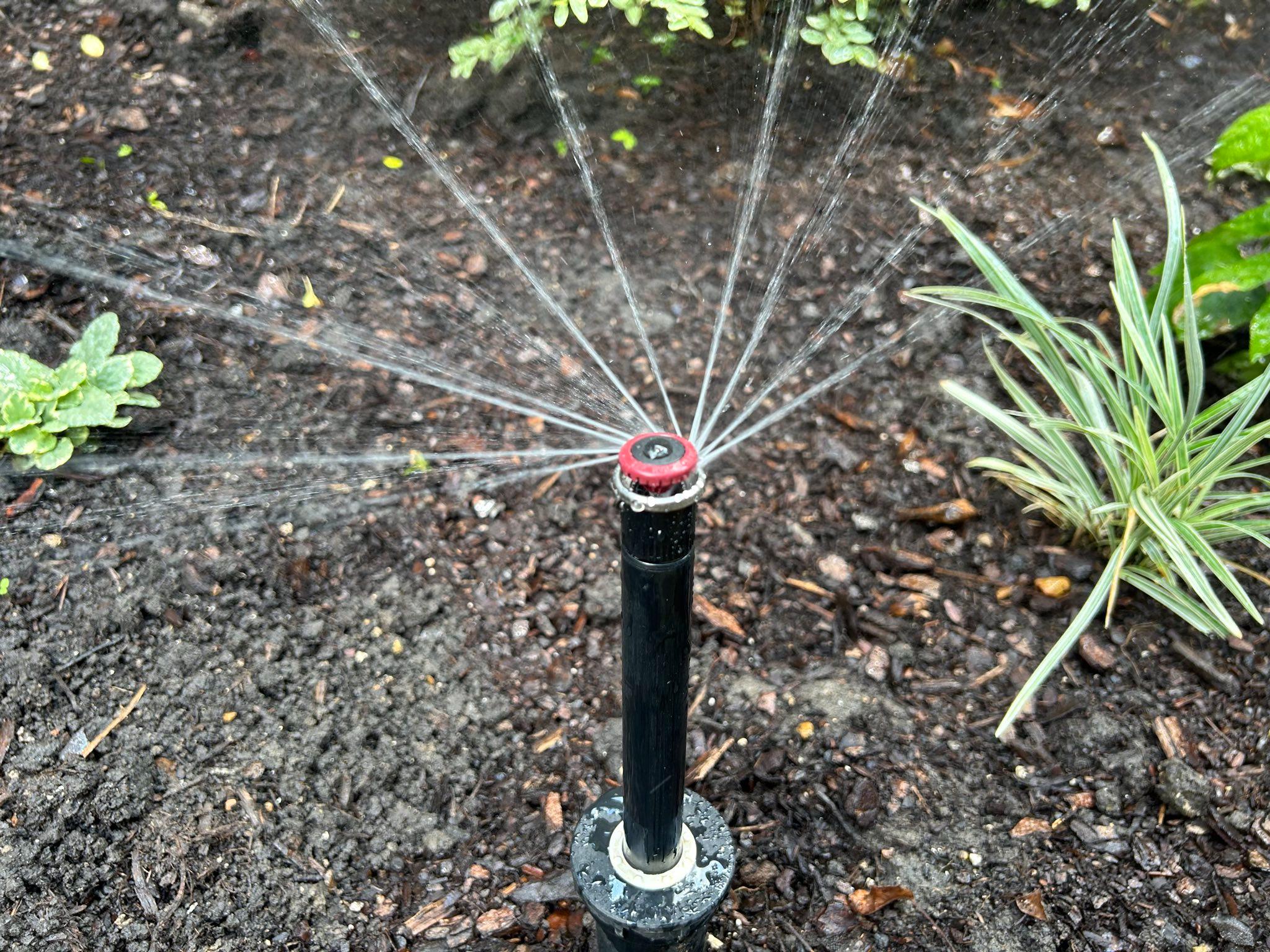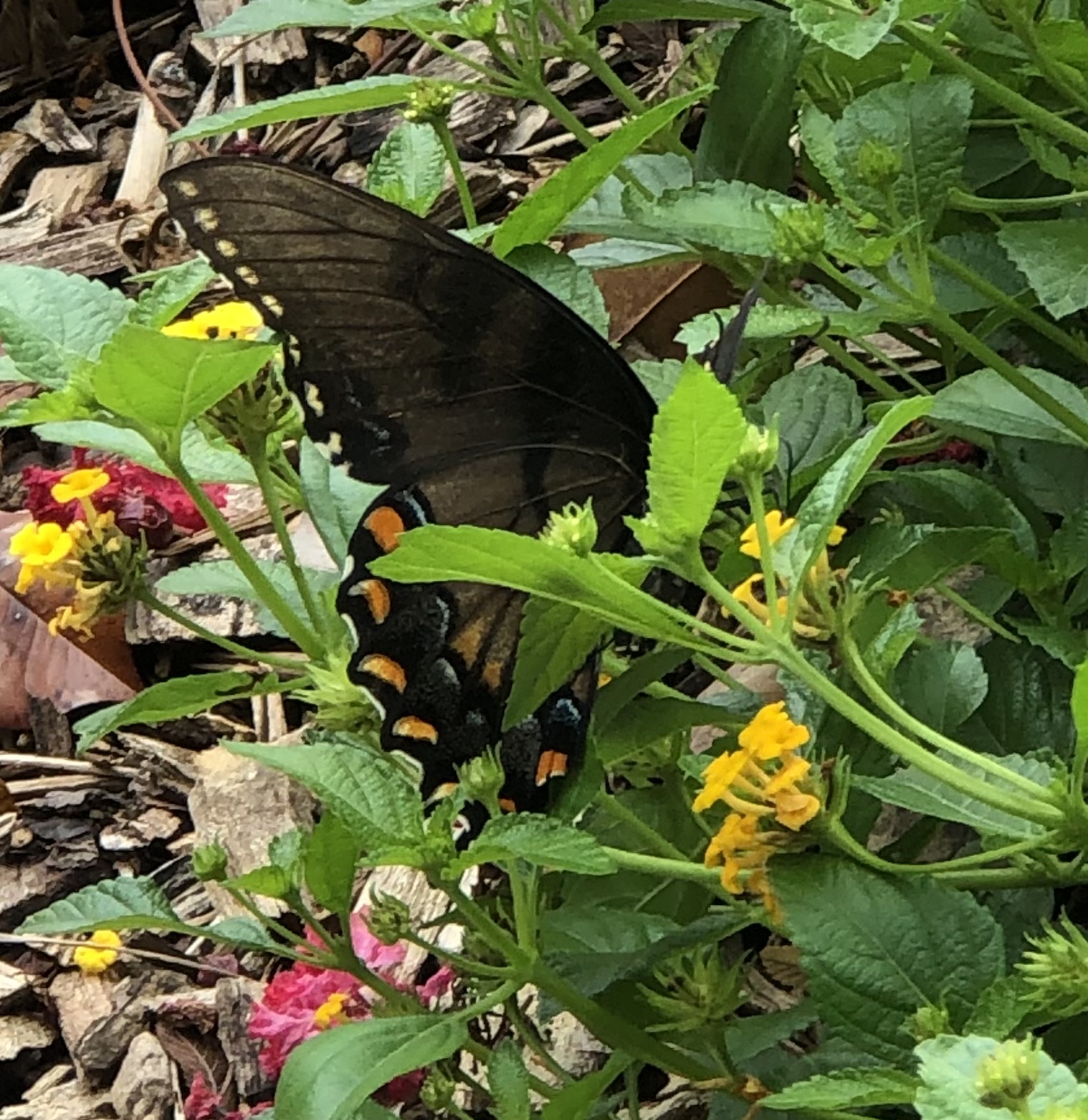 The first Texas bluebonnets are beginning to appear, and that can mean only one thing: The early spring has finally arrived. This is the time of year that we can begin planting frost hardy plants.
The first Texas bluebonnets are beginning to appear, and that can mean only one thing: The early spring has finally arrived. This is the time of year that we can begin planting frost hardy plants.
There is always a chance of a late spring frost, especially prior to Easter weekend. With each passing week however, the chance of a killing frost drops. For most areas of North Texas the chance of a killing frost drops to 50% by March 15th. By the first week of April the chance of a killing frost drops to 10%. February and March this year have been unseasonably warm however, meaning that in all likelihood we will be safe to plant within the first two weeks of March, but there is always that slim chance.
That being said, there are a number of plants that you can plant secure in the knowledge that they will continue to thrive even through another freeze. Perennials like gladiolas, mallows such as turks cap, cannas, and salvias are always a safe bet this time of year. Annual color examples include foxgloves, larkspur, and sweet alyssum. These should be planted as soon as possible to ensure that they have a long growing season before the Texas heat of summer takes hold. Any seeds that were started inside over the winter can begin to be moved outside so that they can adjust to the sun and temperature, but make sure to bring them back in if temperatures threaten to fall below 32°. The same applies to any container plants that have been overwintered indoors: the soil in containers gets much cooler much faster than your average ground soil, so keep a close eye on the weather. Better yet, head to DesireeGardens.com and sign up for our newsletter: we send out warnings any time the weather looks like it will take a turn for the worst.
If you have been putting off tree and shrub pruning, this is pretty much your last chance to perform this chore before leaves and buds start to appear. The exception to this is any spring flowering trees and shrubs. If you have dogwoods, wisterias, or fruit trees in your garden you should wait until after the blossoms have dropped. Early spring flowering plants set their buds in the autumn and should be pruned in late spring or early summer. This helps to ensure a glorious bloom next year. Any other trees and shrubs should be pruned over winter, with March being your last chance until next winter. Remove any low hanging branches to raise the canopy, and trim inside growth where the leaves of the plant are less productive, but do not trim oaks yet. Texas oaks should be trimmed in late summer when the chance of oak wilt fungal infection is at a minimum. Finally, if you have transplanted any woody shrubs or trees, cut back the canopy by around 40% in order to compensate for roots that were lost during the digging process.
For those with an irrigation system, now is the time to switch over to a spring watering schedule. The increased sunlight and the new growth of plants that have been recently added, or those coming out of dormancy, means that their watering needs are drastically increasing. Now is also the time for an irrigation audit. Run each zone one by one and check for leaks, poor water flow from spray heads, clogs, and breaks in drip line. Repair or replace these as necessary.
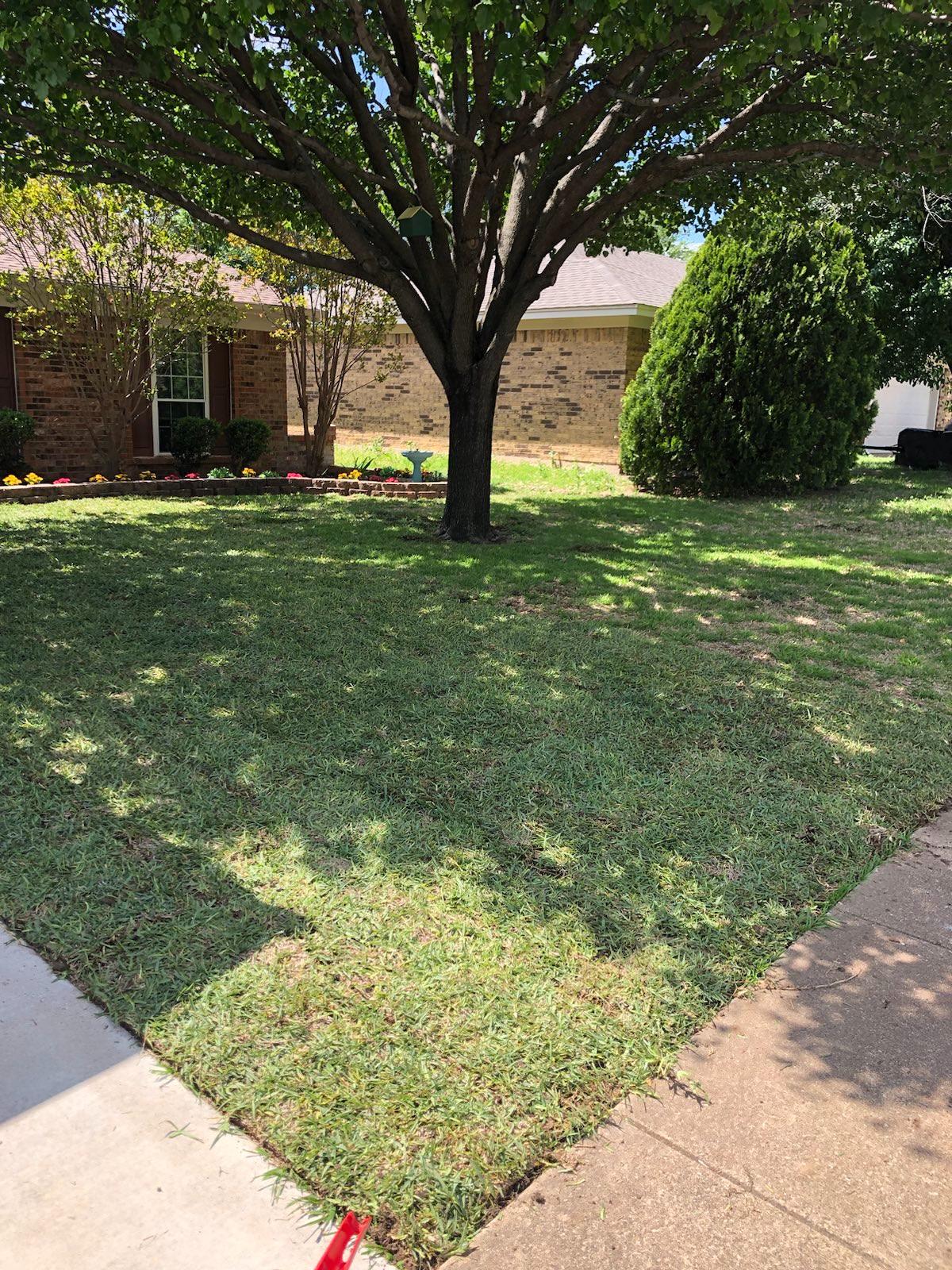 Lawns are also beginning to perk back up as the soil temperatures increase and they receive more sunlight. Take time early this month to scalp your lawn. We don’t need to get down to the thatch for a proper scalp. Scalping your lawn can dramatically improve the appearance of your spring lawn as it grows in. Simply drop your mower by no more than two notches when performing this task. Apply a pre-emergent weed killer early this month. Once it warms up and you begin to see weeds in your lawn, it is already too late. We do not recommend using any weed and feed product whatsoever. Many if not all weed and feed products can damage your trees and shrubs. Later this month you can add an all-nitrogen fertilizer. This will promote vigorous growth and a lush green color.
Lawns are also beginning to perk back up as the soil temperatures increase and they receive more sunlight. Take time early this month to scalp your lawn. We don’t need to get down to the thatch for a proper scalp. Scalping your lawn can dramatically improve the appearance of your spring lawn as it grows in. Simply drop your mower by no more than two notches when performing this task. Apply a pre-emergent weed killer early this month. Once it warms up and you begin to see weeds in your lawn, it is already too late. We do not recommend using any weed and feed product whatsoever. Many if not all weed and feed products can damage your trees and shrubs. Later this month you can add an all-nitrogen fertilizer. This will promote vigorous growth and a lush green color.
Finally, this is a fine time to make any changes to your hardscape and irrigation system. If you are putting in a retaining wall, pavers or pathways, patios or pergolas, do it now. Desiree Gardens offers a full suite of planning, consultation, irrigation design and installation services to help you create a wonderful garden this year, but don’t wait too long to book your appointment. Our spring schedule is filling up fast.
Need help with your irrigation or sprinkler system? Does your garden need an overhaul or just a general checkup? Maybe you just need a helping hand to protect sensitive plants from freeze and frost. Give us a call at 817-202-4808, or drop us a line and contact us here, to find out how Desiree can help you create a wonderful garden with a budget you can afford.
Like what you’re reading? Get information like this delivered straight to your email inbox by signing up here. We will never sell your information, and you can unsubscribe at any time.







